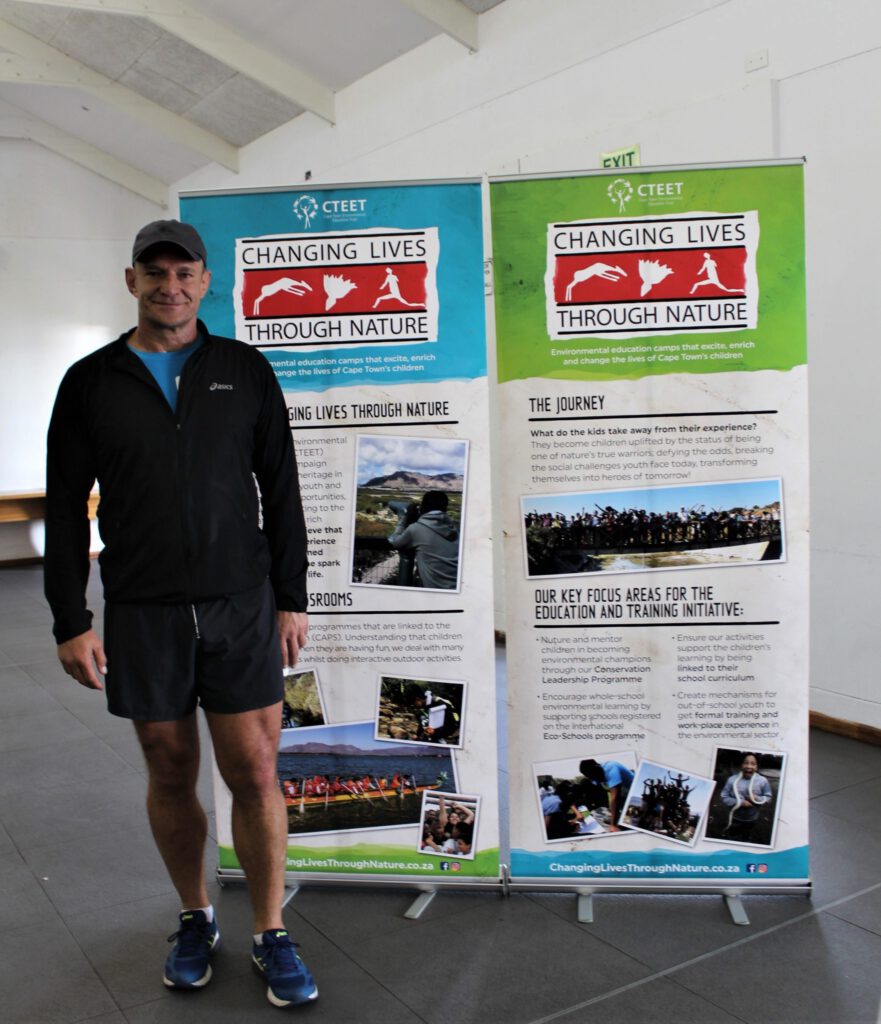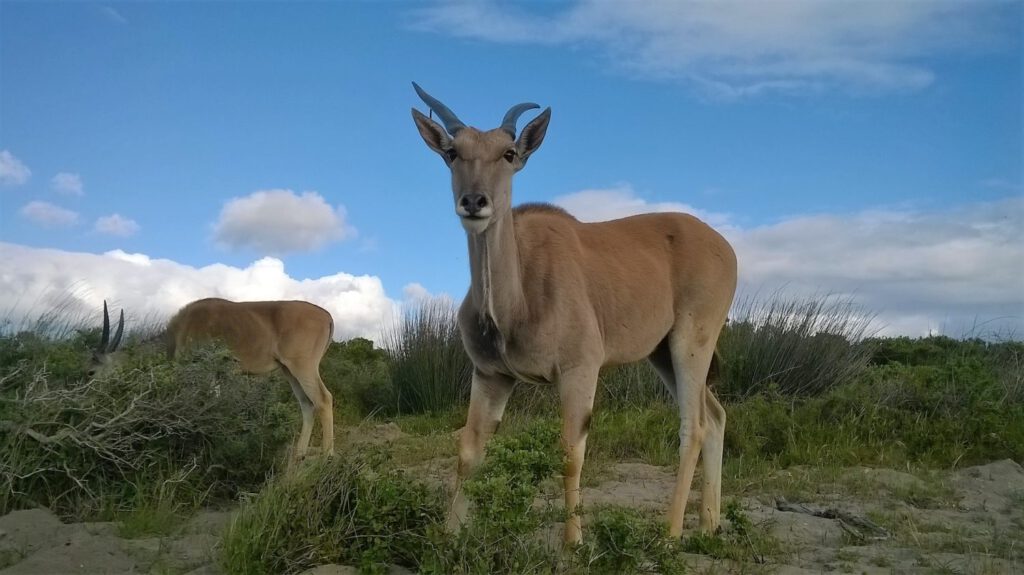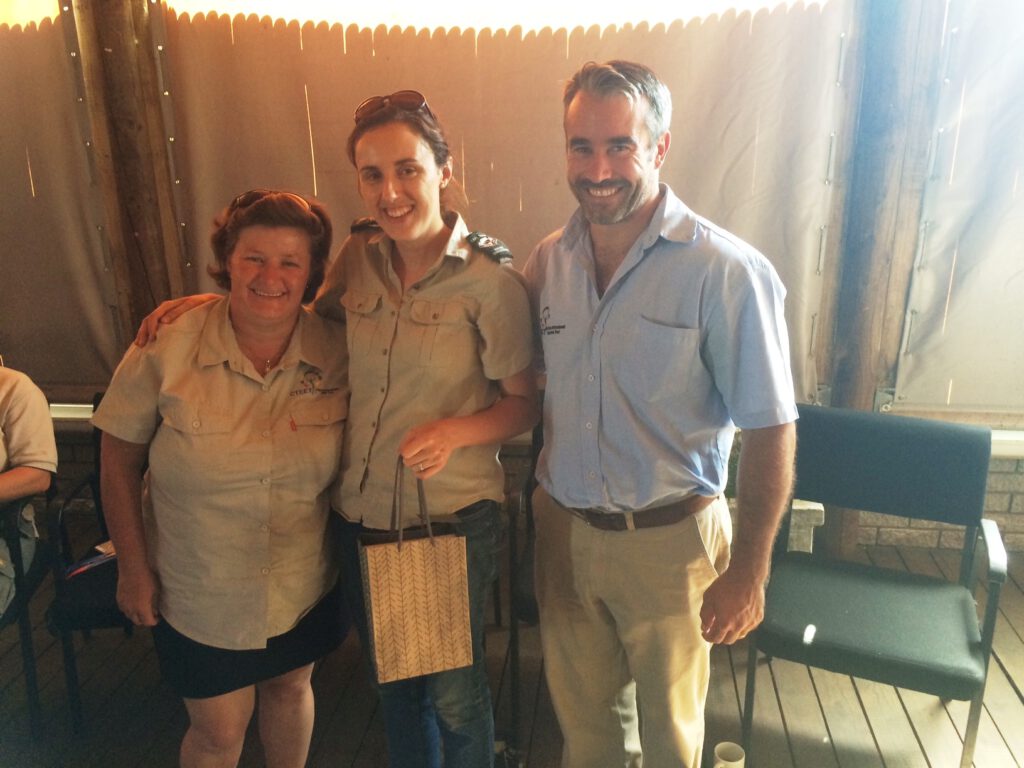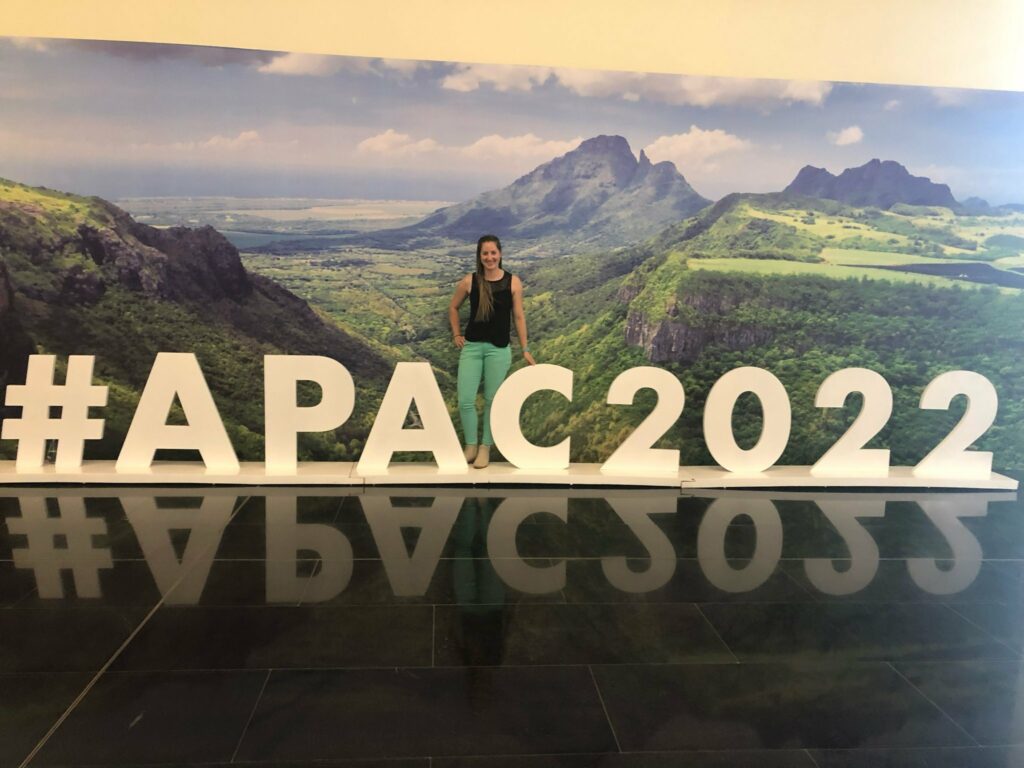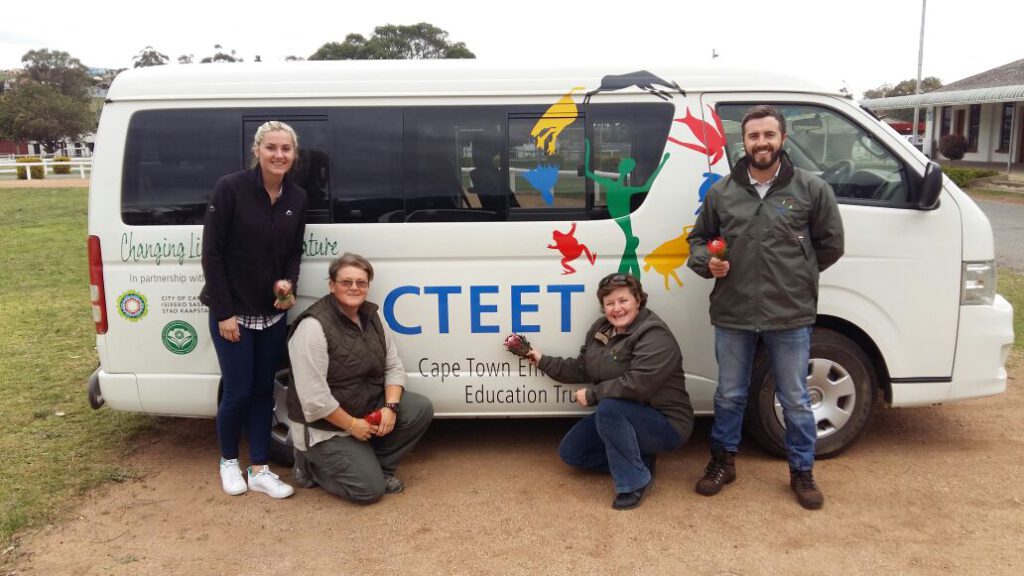Milnerton Racecourse Ecological Burn
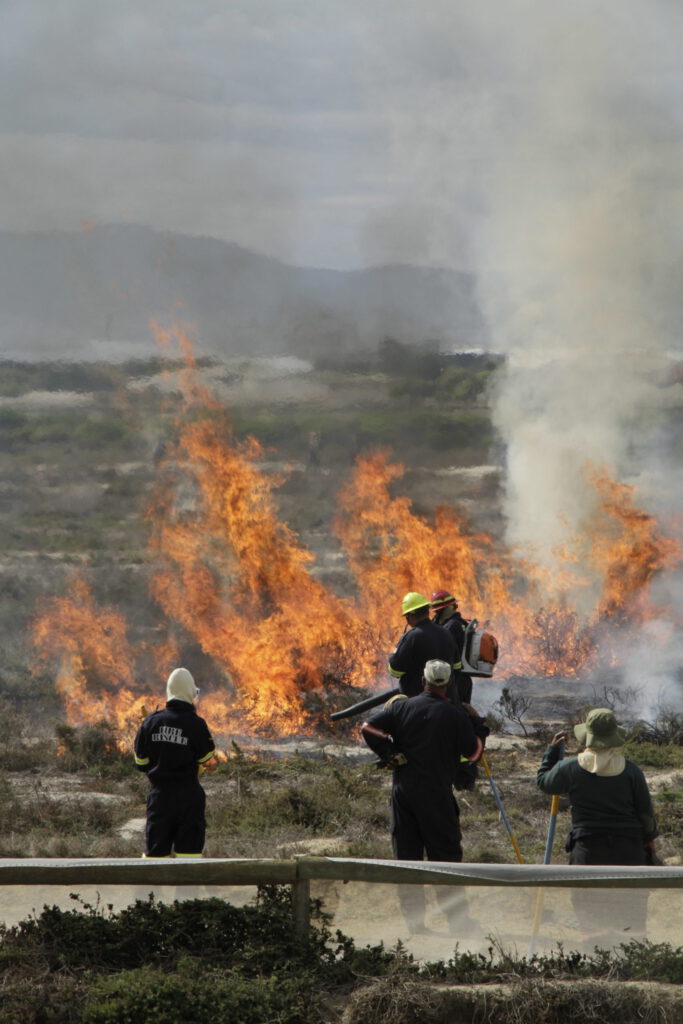
CTEET’s Nature Care Fund involves facilitating and managing a number of conservation projects on City of Cape Town and Private land. In addition to the conservation outcomes, these project also offer work experience and opportunities for youth entering the green economy.
Kyran Wright is the Site Manager of the Milnerton Racecourse Section of Table Bay Nature Reserve. Recently an ecological burn was conducted, a wonderful practical learning experience for staff members. Kyran explains the ecological purpose of the burn:
This ecological burn was part of a greater restoration project. For the past year, the team at Milnerton has been collecting seeds and cuttings from the surrounding conservation area to aid the post-burn restoration process. The ecological burn was necessary to stimulate any existing seeds present in the degraded area.
A complication however in our plans arose due to the current water crisis with the City placing a moratorium on ecological burns. We had already collected a great amount of seeds (2kg) and cuttings (5491, with 3640 of those being the Critically Endangered Leucadendron levisanus. Not proceeding with the burn jeopardised the entire year’s work and we were able to motivate for an exception to the moratorium by promising not to use any potable water, and no water if possible.
On the day, about 50 people assisted on the ground with the burn including; CTEET, City of Cape Town, Fire Services and Working on Fire staff. We were able to manually supress the fire (i.e. no water was used) however we were prepared for any possible flare-ups as we had water on site (thankfully no such incidents occurred). The burn area was in the Southern area of the reserve and 1.9ha in size. We have already sown the seeds into carefully selected research plots. In the next few weeks I will be erecting raptor perches in the burn area to offset an anticipated rodent population spike (due to the seeds we have sown). A game fence will also be erected to exclude Cape grysbok from the area so that they do not browse on any emerging vegetation. We are excited to see what species pop up after the burn! Furthermore, the data that we collect will help guide future restoration initiatives.
(Photo credits: Charl van der Merwe)
